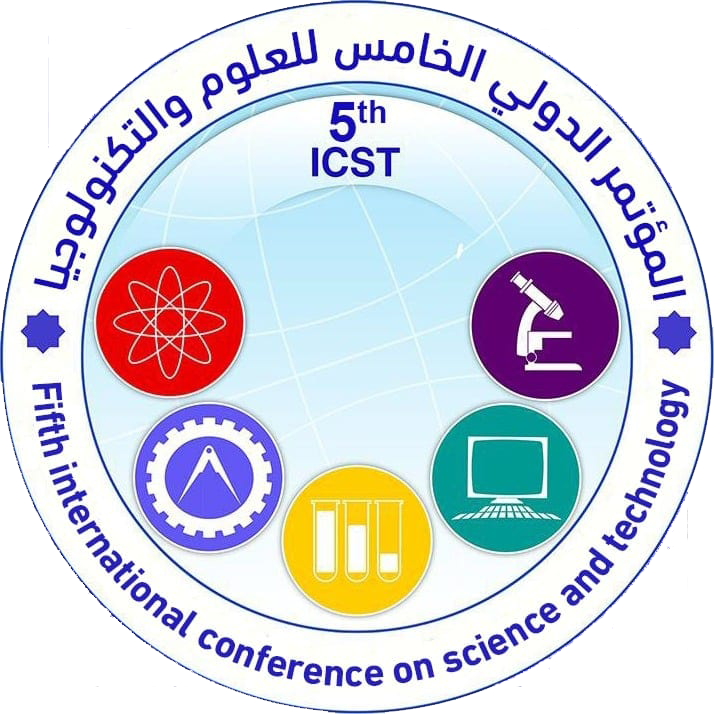Detection of Multi-drugs Resistant Gram-negative bacilli Bacteria Producing Metallo Beta Lactamases in Intensive care unit of Sebha Medical Center, Sebha, Libya.
Abstract
Antibiotic resistance of bacteria in health care settings has increased globally. Hospital infections caused by Multi drug resistant Gram-negative bacteria are serious problem, which results in very limited treatment options, consequently, leading to an increase in the mortality rates in hospitals worldwide. This study was conducted to detect the spread of multi drug resistant Gram-negative bacteria that producing Metallo β-Lactamase enzymes in the intensive care unit of Sebha Medical Center. Thirty six isolates of multi drug resistant Gram-negative bacteria were isolated from intensive care unit rooms. The most frequent isolates in the swabs taken from patients and medical staff in intensive care rooms included Rahnella aquatilis (31.3%), Enterobacter cloacae (31.3%), Pseudomonas aeruginosa (12.5%), Burkholderia cepacia (12.5%), Aeromonas hydrophila (6.3%) and Ochrobactrum anthropi (6.3%). Bacterial isolates from the ICU environment and hands of medical staff in the intensive care unit were Providenecia alcalifaciens (35%), Rahnella aquatilis (30%), Pantoea Spp (15%), Proteus mirabilis (10%),Enterobacter cloacae (5%), and Aeromonas salmonicida (5%). The most effective antibiotics against the Multi drug resistant Gram-negative bacteria isolated from the intensive care unit rooms are Gentamicin, Amikacin and Tobromycin proposing these antibiotics as potential treatment options for infections caused by MDR Gram-negative bacteria. The results also showed that the rate of MβL enzymes secretion by bacteria isolated from the ICU was (33%), as Pantoea Spp isolates were the most producers of MβL enzymes.
Full text article
Authors
Copyright (c) 2022 Journal of Pure & Applied Sciences

This work is licensed under a Creative Commons Attribution 4.0 International License.
In a brief statement, the rights relate to the publication and distribution of research published in the journal of the University of Sebha where authors who have published their articles in the journal of the university of Sebha should how they can use or distribute their articles. They reserve all their rights to the published works, such as (but not limited to) the following rights:
- Copyright and other property rights related to the article, such as patent rights.
- Research published in the journal of the University of Sebha and used in its future works, including lectures and books, the right to reproduce articles for their own purposes, and the right to self-archive their articles.
- The right to enter a separate article, or for a non-exclusive distribution of their article with an acknowledgment of its initial publication in the journal of Sebha University.
Privacy Statement The names and e-mail addresses entered on the Sabha University Journal site will be used for the aforementioned purposes only and for which they were used.





